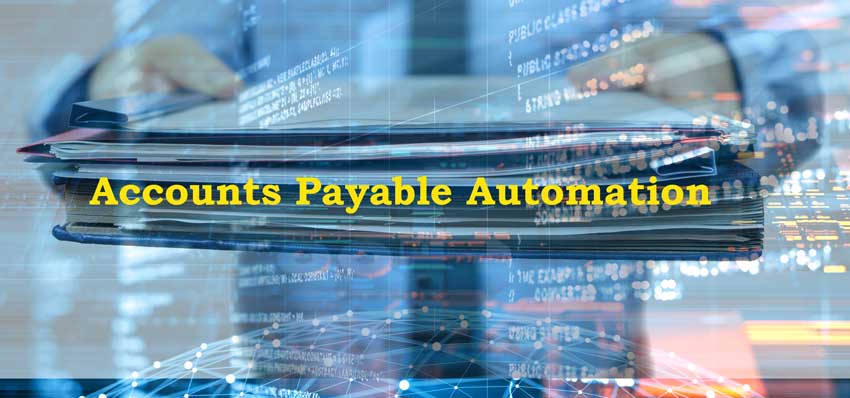
The journey to real Accounts Payable (AP) automation can seem challenging, but it doesn’t have to be. AP automation starts by adopting a combination of hardware, software and business systems that work together to reduce and eliminate the mundane and manual tasks that plague the AP process. In my last blog, Four Key Benefits of Digital Transformation in Accounts Payable, I explored how enterprises that automate their AP functions are experiencing measurable improvements. Completing the journey takes planning, persistence and a well thought-out process to follow. Consider this three-step approach to Accounts Payable automation.
You can realize the benefits of AP automation by using an approach that starts with the basics and then expands to more advanced techniques.
A Phased Approach
You can quickly realize some initial benefits of Accounts Payable automation by using an approach that starts with the basics and then expands to more advanced techniques. While a great many capabilities and technologies are available, the truth is that not everyone needs an all-encompassing AP automation solution. It is not realistic to expect to take a completely manual process and automate it overnight. You can keep your cost of entry low and your chances of success high by considering these three fundamental steps toward Accounts Payable automation.
Step One – Establish a basic content management system
This step is characterized by the ability to scan paper documents and store them in digital form and is at the heart of relieving the burden of paper in the AP process. Commonly available scanning hardware captures document images and rudimentary software allows the user to manually enter basic information about each document.
By typing keyword data into fields on a screen, users tuck away the document along with basic information such as a title, a date, and a brief description. From there invoices are routed via e-mail for attention and approval. Step one provides insight, accountability, auditability and visibility into the process that is simply not possible using a paper-based workflow.
Many companies find this to be an easy transition because automation is achieved with common desktop scanners and email.
Step Two – Establish intelligent data capture
This brings technologies into play that can “read” data from document images and allow you to leverage that information in new ways. Rather than manually enter the information, key data–-like PO number, amount or date, for example-–are digitally captured and populated in a variety of index fields.
Pre-set templates drive the process on common structured documents where specific zones are automatically gleaned of information that would otherwise need to be keyed in manually. Or, you can use a template-less technology like Parascript to extract the data automatically when you are dealing with many incoming invoices and other documents that have varied or unknown content and layouts.
Other advances at this stage include the use of barcodes, which can be interpreted quickly and reveal a more extensive set of data and simple business rules can be applied that bring further automation to the workflow and eliminate redundant and menial efforts.
Step Three – Originate the process electronically
This involves initiating the Accounts Payable process electronically. In other words, instead of receiving paper invoices and scanning them into the system, companies embark on a strategy to compel vendors and suppliers to submit invoices electronically; usually in the form of PDF attachments. One fundamental benefit to this approach is that these electronic files have better quality than scanned documents, and this improvement in quality leads to fewer errors.
Plus, the time and staffing required to scan incoming invoices and documentation are reduced or eliminated altogether. The vision is one where all documents are captured, digitized and stored with the least amount of manual labor. A good strategy may be to compel your vendors to submit electronically in segments, improving the input and the process over time.
Moving Forward
A considerate approach based upon these three steps can be a powerful and productive way to move forward. One last hurdle that any organization faces with regard to AP automation is change management. Simply put, don’t break the process. It is important to consider how much change the process and the organization can endure. By starting in step one, and growing and expanding toward steps two and three, you capitalize on immediate savings and efficiencies while avoiding the pitfalls of an undertaking that may be so complex and overwhelming that you’ll miss the mark.
# # #
Guest contributor Kevin Craine is the host of AIIM On Air, the podcast for AIIM International. He was named the #1 ECM Influencer to follow on Twitter. Find him at CraineGroup.com. To find out more about Parascript SDK for Invoices, watch this video or go to Parascript Invoice Capture.



